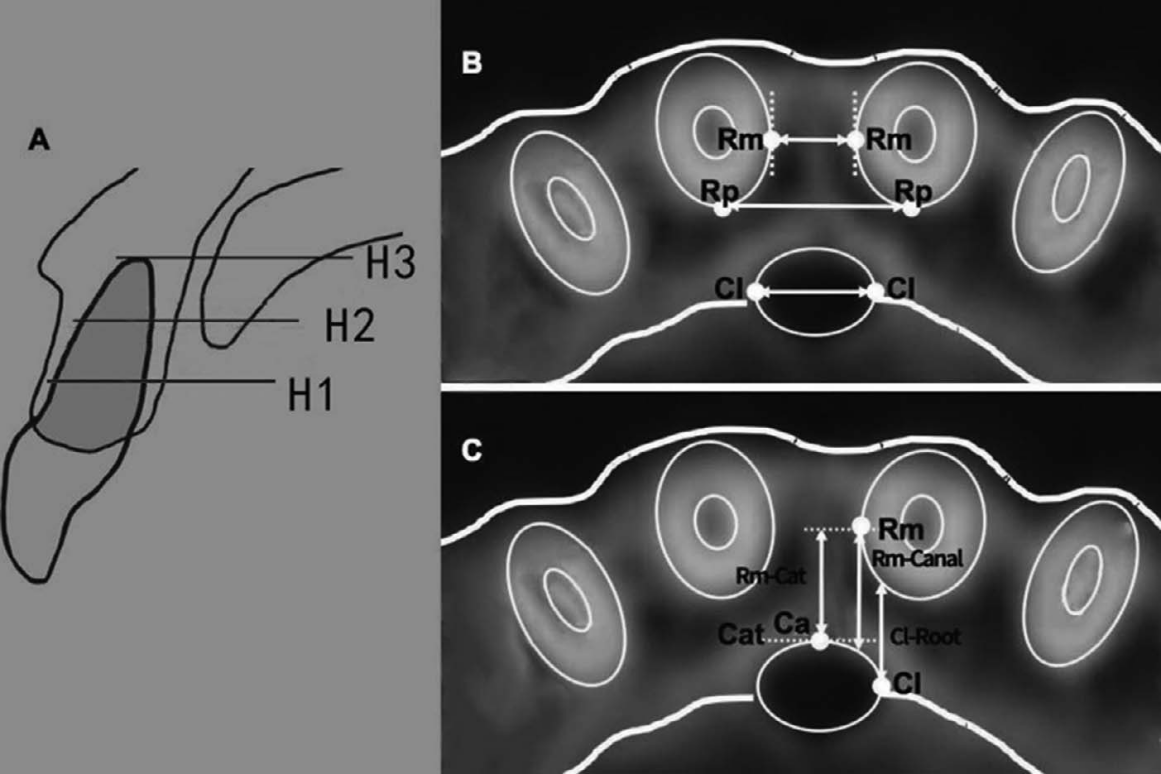Recently, the research paper "Proximity of upper central incisors to incisive canal among subjects with maxillary dentoalveolar protrusion in various facial growth patterns: A CBCT analysis" written by Professor Baocheng Cao has been published by the international top orthodontic journal Angle Orthodontist.
In this paper, the three-dimensional structural characteristics of the maxillary incisor canal in angle facial group with sagittal distances were systematically expounded. The paper analyzed the relationship between the maxillary incisor canal and the maxillary anterior teeth, as well as the difference caused by the possible mechanisms. Moreover, the significance of the research results for guiding clinical work was also discussed.
This paper is the 2nd research result of Prof. Baocheng Cao's research group after the former publication in The Korean Journal of Orthodontics, an international high-level orthodontic journal. It indicates that the work of professor Cao Baocheng's research group has been recognized and affirmed by international peers. The first signatory is School/Hospital of Stomatology of Lanzhou University, and Professor Cao Baocheng is the corresponding author.

Figure 1. Incisive canal volume measurement shows segmentation of the internal portion of the incisive canal with the resulting 3D

Figure 2. Landmarks and linear measurements.
(A)Levels of measurements: H1, the lowest point of the incisive canal buccal wall; H2, midlevel; H3, root apex level.
(B)Landmarks for transverse measurements: Rm, the most medial point of the upper central incisor (U1) root; Rp, the most posterior point of the U1 root; Cl, the most lateral point of the incisive canal (IC); Rm-Rm, interroot distance; Rp-Rp, posterior interroot distance;Cl-Cl, canal width.
(C)Landmarks for sagittal measurements: Ca, the most anterior point of the IC; Cat, the tangent line through Ca; Rm-Cat, the anteroposterior distance from Rm to Cat; Rm-Canal, the anteroposterior distance from Rm to the anterior border of the IC; Cl-Root, the anteroposterior distance from Cl to the posterior border of the U1 root.
CONCLUSIONS
1.The high angle facial group and females showed a relatively higher frequency of IC width greater than the U1 interroot distance, especially at the H2 level.
2.The facial groups showed differences in U1 to IC sagittal distances, which were significantly greater in the average and low angle facial groups (4.36±1.18and 4.78±1.17 mm, respectively) than in the high angle facial group (3.83±0.90 mm).
3.Males had relatively greater sagittal distances than females, with differences that were significant in the average angle facial group.